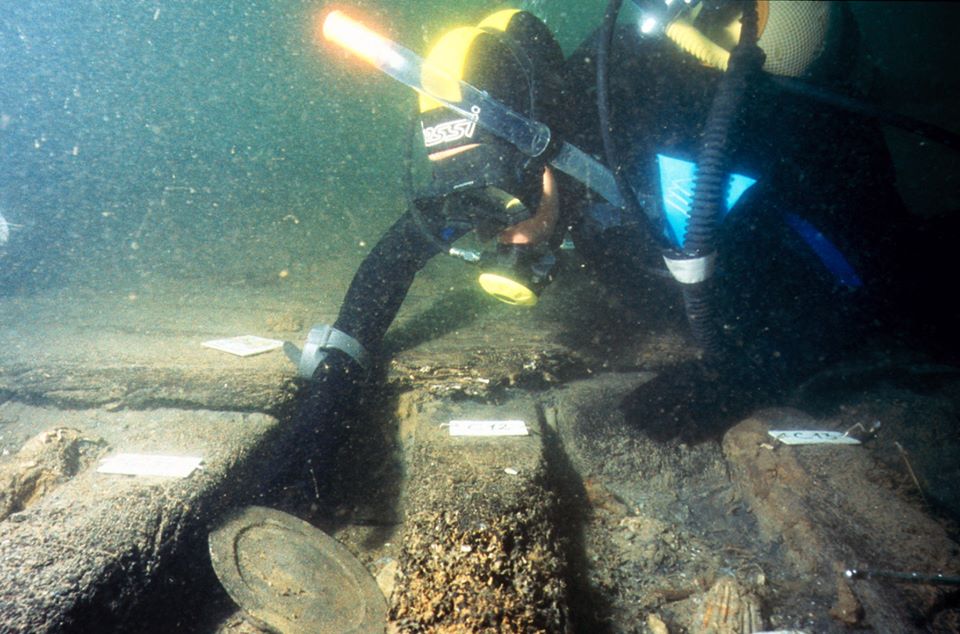 “Archaeological remains of the Arade River – A heritage to be enhanced”, with the presence of archaeologist Cristóvão Fonseca, is the theme of the third gathering promoted by the Grupo dos Amigos do Museu de Portimão, which will take place this Saturday, June 20, at 18:30 pm , in this museum, with free entry.
“Archaeological remains of the Arade River – A heritage to be enhanced”, with the presence of archaeologist Cristóvão Fonseca, is the theme of the third gathering promoted by the Grupo dos Amigos do Museu de Portimão, which will take place this Saturday, June 20, at 18:30 pm , in this museum, with free entry.
According to the Friends of the Museum of Portimão, “the state of knowledge of the underwater cultural heritage of the Arade River estuary, the main known archaeological sites and their scientific value justify the implementation of a continuous research program and a project for its enhancement and dissemination. oriented towards different audiences'.
This will be the starting point to promote a debate that aims to identify opportunities and present proposals to recognize and enhance this heritage.
Cristóvão Fonseca, who was once responsible for the extinct Underwater Archeology Nucleus of the Portimão Museum, was also part of the works that, during three consecutive summers, from 2003 to 2005, took place in the Rio Arade, under the direction of Francisco Alves, then director of the National Center for Nautical and Underwater Archeology (CNANS).
Called ProArade campaigns, they were intended to investigate, from an archaeological point of view, the Arade bed, which, at least since the 70s of the last century, was known to be a repository of very important remains.
In the last year of the campaign, in 2005, the objective of the team of underwater archaeologists was to dismantle a 500-year-old vessel, from the 1th or XNUMXth centuries, known as «Arade XNUMX», which was buried in the mud at the bottom of the river.
The objective was, then, not only to save and record the rare remains of such an old vessel, but, in the future, to build «a replica of the boat on a full scale, to be placed in the Museum of Portimão». Such a reply was never made, but it may be that, from the get-together, some light will emerge on this subject.


















Comments